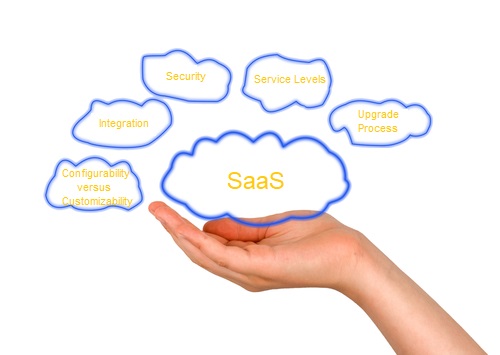Software as a Service (SaaS) is becoming mainstream with a significant increase in both offerings and enterprise adoption. There are several advantages to SaaS – scalability, accessibility, little to no Capex requirement, among others. However, SaaS is a catchall for a variety of software delivery models. There are three distinct models of SaaS, all of which come with their own restrictions –
- A true multi-tenant solution (where there is only one instance of the code and a single database).
- A hybrid solution (where there is a single code base but a separate physical database for each customer).
- A single-tenant, hosted solution (where each customer has their own instance of the code and physical database instance).
While the commercial model may be the same, it is important to understand the underlying technical model to determine if the solution is a fit for a company’s needs.
Below are five important considerations for SaaS-curious organizations before making the SaaS leap.
Configurability versus Customizability
Solutions with a single code base will allow for configuration but typically not customization. Single tenant solutions may allow for customizations. Some solutions are architected with an extensibility layer that allows for customer-specific customization without impacting the core code base. This requires careful consideration if a customer’s business requirements cannot be met by configuration alone.
Integration
Most enterprises are moving towards a hybrid architecture with a combination of on-premises and cloud applications that are integrated. If the SaaS solution under consideration is not a stand-alone solution, but one that requires integration with perhaps both on-premises and other cloud applications, the customer must consider if this can be accomplished and if so, how. Some solutions allow point-to-point integration via a VPN while others may require more sophisticated tools like Dell-Boomi to accomplish.
Security
SaaS solutions tend to be secure, in general. However, they can be more vulnerable if they are hosted in a public cloud, as most multi-tenant solutions are. While end-users tend to be the weakest link in the security chain, it is important to determine if the solution provides for data encryption at both rest and in transit. The network security is also an important consideration especially if the application is integrated with other applications. Depending on the sensitivity of the data being stored in the SaaS solution, you may have to ensure PCI, HIPAA, or other compliance as well.
Service Levels
Service levels fall into two broad categories – availability and support. Most SaaS applications guarantee 99.99% uptime or better. However, support tends to run the gamut from online only, to being able to speak to a human. There are also significant variations in guaranteed response times as well as commercial models (what level of support is included in the standard subscription and what has incremental cost attached to it). This is an important consideration, especially if it is a widely used, critical application.
Upgrade Process
With multi-tenant solutions, the customer typically has no control over the upgrade process. Updates are propagated to all customers simultaneously or in some cases rolled out over a couple of weeks. Single tenant solutions may offer more flexibility in this regard, but they will most likely have a restriction on what versions receive support and which are considered to be End of Life. Typically, this is one or two major revisions from the current revision.
SaaS offers a lot of advantages over on-premises solutions. However, there are trade-offs and one must assess the five considerations outlined above as well as the a five-year TCO before making the decision to make the leap. Your unique business needs may raise additional concerns.
If you are grappling with a decision to move to SaaS, how to fit SaaS into your enterprise architecture, what type of SaaS to adopt, or selecting the right SaaS offering for your enterprise, contact us. We will more than likely be able to assist you in your journey.

